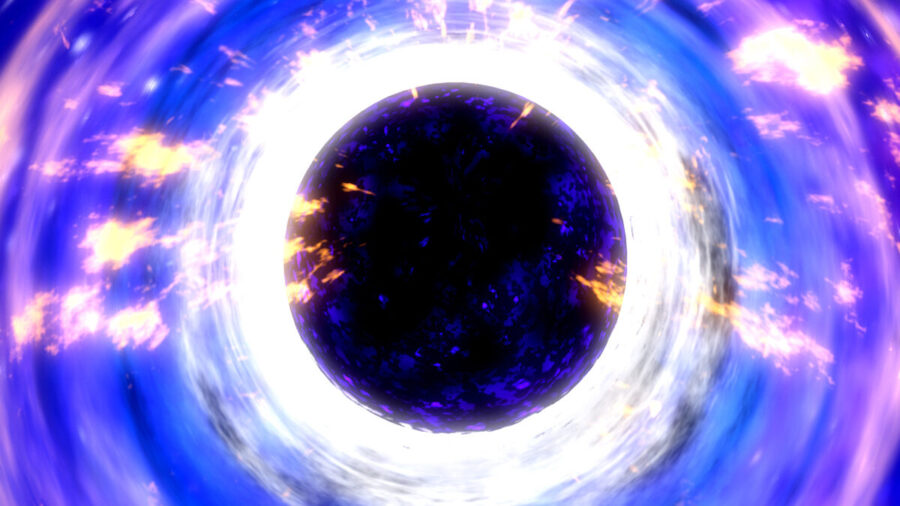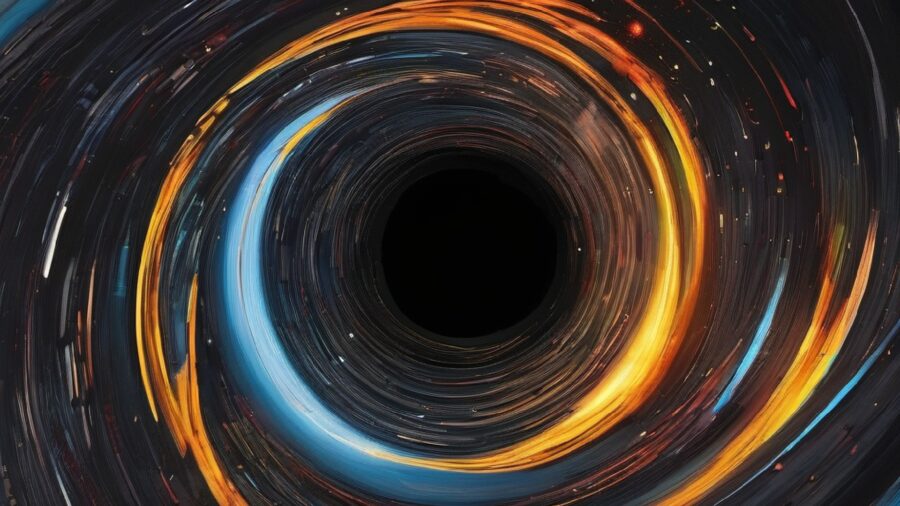Black Hole Triple Found By Physicists Is First In History

Scientists studying a well-known black hole have made a new discovery about it, maintaining that they have found the first ever black hole triple. The V404 Cygni black hole, being one of the first black holes ever recorded when it was identified in 1992, has been the subject of thousands of papers and intensive study over the decades. However, when a team of physicists from California Tech and MIT used software that compiles data taken from multiple telescopes, they were able to make a groundbreaking discovery.
Many times, a black hole will exist as a double. The black hole will present itself in the center while a secondary object (usually a smaller star) will complete the duo. The force of the black hole’s gravity bind the two objects together in a spiralling orbital pattern that is one of the universe’s most unique symbiotic relationships.
A New Discovery
This newly discovered black hole triple shows that V404 Cygni indeed has a smaller orbiting star that circles the former star every six and a half days. But the research team noticed that a third object was in the mix, a second star that was rotating around the black hole at a much greater distance.
The black hole triple’s distant object is so far out that the physicists estimate that it will take 70,000 years for it to complete its orbit of the black hole. But the star appears to be nonetheless a part of the orbiting spiral, perhaps changing conventional thought on black holes in general.
Re-Thinking The Origin Of Black Holes

It’s for good reason that the black hole triple has scientists rethinking how these mysterious objects are formed. The origins of the black holes in our universe are widely believed to be the result of a dying star that emits a large burst of energy and light into the area in a process known as a supernova. But when this happens, the sheer amount of energy expelled from the dying star would greatly impact any nearby celestial bodies.
The researchers that discovered the black hole triple believe that the primary object wasn’t formed by a star going supernova at all. Rather, it’s thought that the star became a black hole through a process called a “direct collapse,” where the star imploded gently instead of exploding with a violent force. This would have kept the distant secondary star in its orbit around it, instead of forcing it onto a new trajectory.
Confirming The Theory

In order to confirm the theory concocted by the research team, a series of simulations were run to see if a black hole triple could be the product of a star’s gentle collapse. These simulations not only gave credence to the team’s theory, but also led them to conclude just how old the black hole might be.
The physicists noticed that the distant orbiting star is in the process of becoming a Red Giant, a stage of a star’s life where it swells with the elements just before it dies. Gathering what is known about neighboring stars and the approximate lifespan of stars in general, the researchers believe that it and the black hole that it orbits are four billion years old.
When the distant star that’s part of the black hole triple reaches the end of its life, it could well explode into a supernova, maybe changing the trajectory of the star closest to the black hole. But if it, too, has a gentle collapse, scientists in the future might well see more stars spiraling in orbit with the newly made black hole.
Sources: Eureka Alert














Login with Google